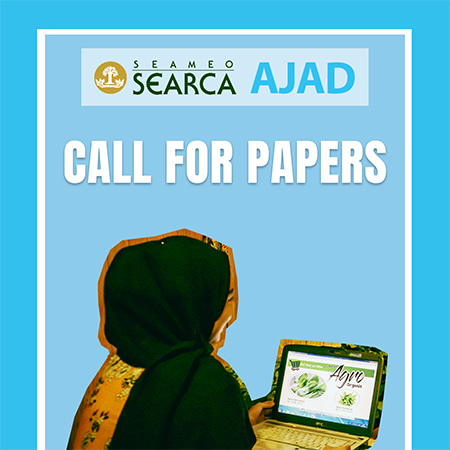- Paperback 1908-6164
- e-ISSN 2599-3895
The study aimed to build the capacity of Hungduan farmers in preparation for a full-blown Payments for Environmental and Cultural Services (PECS) project, by engaging them in environmental and cultural resource assessment in a watershed context. Specifically, the study facilitated activities that enhanced Ifugao farmers’ knowledge in community-based resource and damage assessment and mapping, identified the environmental and cultural services of Hungduan, and formulated communitybased management plans for four sub-watersheds. The processes in implementing the study were also documented.
The total areas of rice terraces in Clusters 1, 2, 3, and 4 were estimated to be 623 hectares (ha), 631 ha, 1,171 ha, and 637 ha, respectively. Damaged terraces ranged from 13 percent to a maximum of 20 percent, while abandoned terraces were found to be minimal.
The farmers identified water, carbon sequestration, and soil conservation as the ecosystem services produced by the rice terraces; whereas organic farming, native customs, and the maintenance and restoration of stone walls, terraces, and woodlots were regarded as the cultural services. The farmers developed management plans that were similar in terms of objectives and strategies but different in implementation strategies, costs, and scheduling.
Some farmers did not readily accept the use of the watershed as a management unit. In addition, their harvests from the terraces were barely enough for their subsistence; they had no surplus income that could be used for terrace repair.
The study found, among other things, that complementing indigenous knowledge with classroom and research techniques is effective in generating reliable information needed for management planning, and the use of three-dimensional (3D) maps can facilitate management plan preparation.
Farmers’ activities in rice terraces management and conservation should be supported or subsidized, possibly by the local government units and the countryside development fund of congressmen and senators (short-term), or through a sustainable financing mechanism such as PECS (long-term). Aside from tourism revenues, such a financing mechanism may also be supported by payments for other environmental services produced, such as water, biodiversity, and carbon sequestration.
Download for free
PDF format in this language: English


